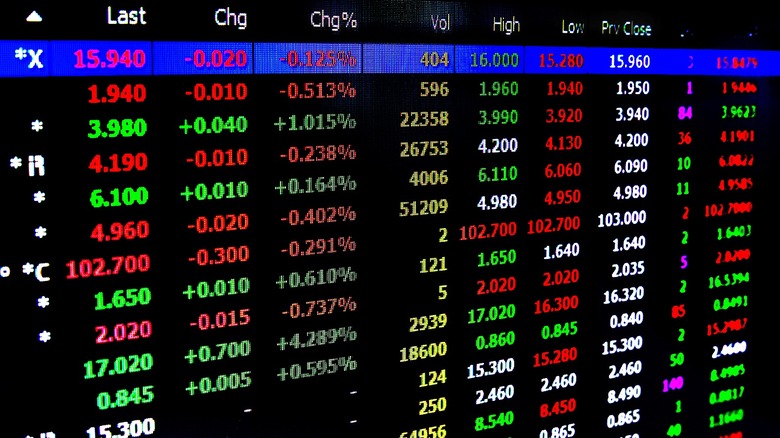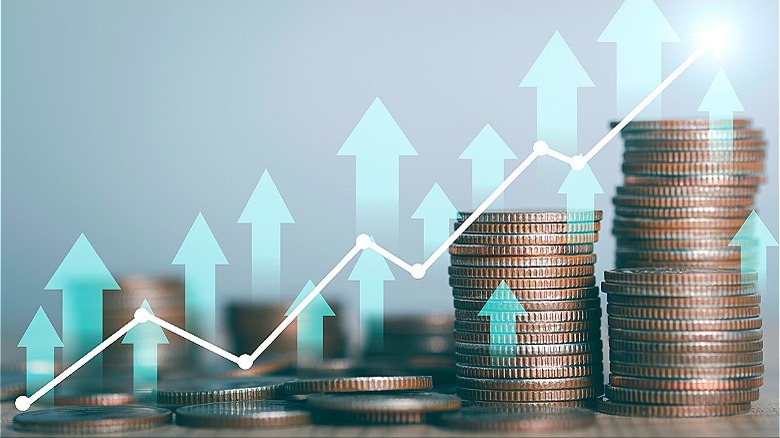What Is Dollar-Cost Averaging?
Recent sentiment that the Federal Reserve will start lowering interest rates later this year — or at a minimum, is finished raising rates — has propelled major stock indexes like the S&P 500 and Dow Jones Industrial Average to levels at or near all-time highs. When the market seems so pricey, it can be a daunting task to pour your hard-earned cash into stocks, for both the newbie and experienced investor alike. Should you wait for the market to drop? What if stock prices don't fall in the near term? What if you invest now and values do decrease down the road?
These market concerns are all addressed by using a strategy called dollar-cost averaging (DCA), sometimes also known as the constant dollar plan. In a nutshell, DCA advocates investing the same amount of money in a particular security (which can also be an ETF or mutual fund) at regularly spaced intervals, regardless of current share price. Think of it as autopay, but for investing.
By consistently making fixed-dollar-amount purchases during both up and down market trends, investors automatically buy fewer shares when prices are high and a larger number of shares when prices fall. Participating in the stock market using dollar-cost averaging effectively removes the risk and effort involved in trying to time the fluctuations of the stock market while at the same time building great investing habits.
How exactly does dollar-cost averaging work?
Besides the previously mentioned benefits, dollar-cost averaging also removes emotion from the investing equation, which can lead to the temptation to trade your investment portfolio. Trading to capture the highs and lows of the stock market can be a risky strategy that may backfire for even for the most astute traders, never mind novice investors who lack the experience to detect prime buying opportunities. That's not to mention that even experienced folks who have been investing for years may lack the free time or ability to constantly watch the market and time their purchase orders.
While dollar-cost averaging is a staple of retirement platforms, like 401(k) plans and IRAs, it can also be used with a regular taxable brokerage account, like those recommended by Money Digest. If you have extra funds remaining after paying your living expenses and squirreling away some dough for retirement and emergencies, by all means, set up DCA in your regular brokerage account.
The steps to set up dollar-cost averaging may vary slightly among brokerage firms, but the typical process involves opening an account (if you don't already have one), selecting an investment, then choosing a dollar amount to invest. You can set the frequency to be automated at regular intervals or manually choose when to make the purchases, though the latter approach is easier to forget about or spend the intended funds on other things. If an automated strategy is selected, you can choose the duration as well, such as six months, 12 months, or indefinitely.
There are scant few downsides
DCA works best when stock prices are fluctuating up and down slightly on their way to long-term gains, which is indeed typical behavior for markets over a long enough amount of time. Yet, there are certain periods where markets rise or fall continuously for several months, or even years, and DCA investors who get involved at the very beginning of these cycles may be at a disadvantage.
For example, if prices rise continuously, dollar-cost averaging will result in fewer shares purchased, leading to regrets that a larger one-time purchase wasn't made. On the other end, continuously falling prices will lead to more buying, when waiting for a bottom to form may have been a better strategy. Still, fixating on such trading scenarios could be considered nitpicking or trying to time the market, which we've already established is often a fool's game. It's better to be involved in the stock market in some capacity and dollar-cost averaging is a simple, effective way to start investing today.
To hammer that point home, consider, at the end of December 2003, the benchmark S&P 500 index closed out the year at a level of 1,111.92. By the end of 2013, the index had risen to 1,848.30, and by December 2023, it stood at 4,769.83. That represents a gain of 158% over the course of the past 10 years or 329% going back 20 years. And that's not including any dividends which will make those returns look even juicier.


